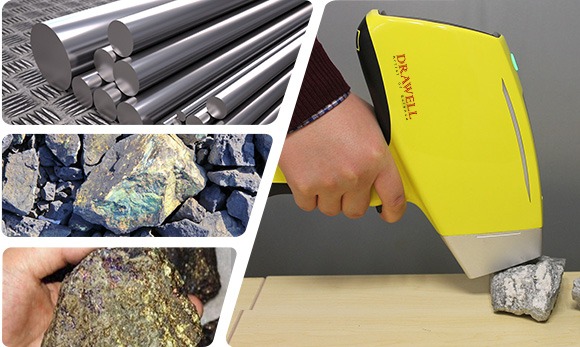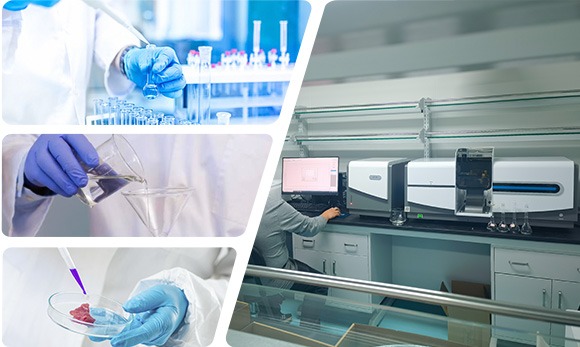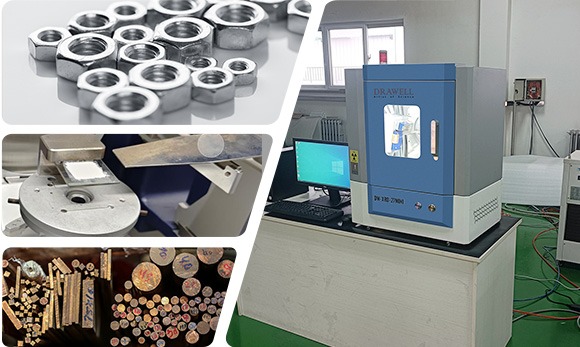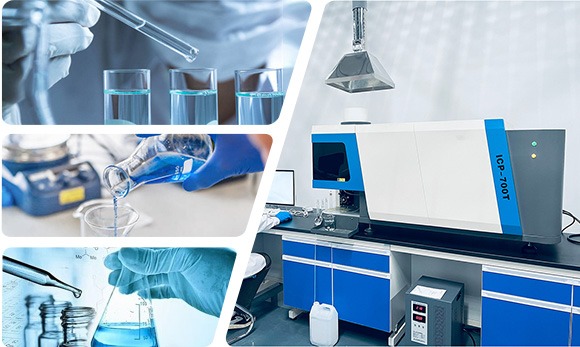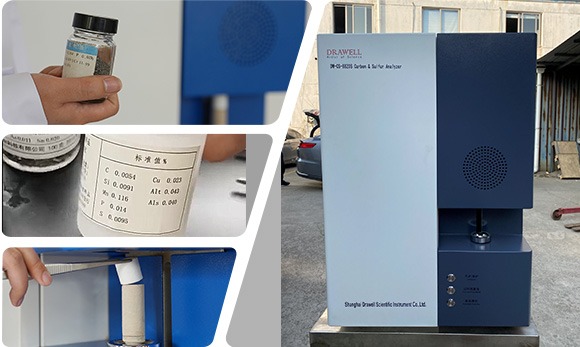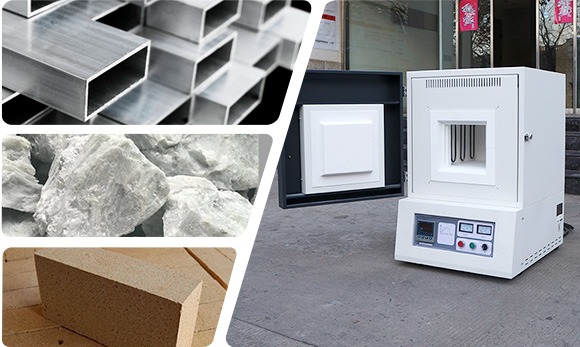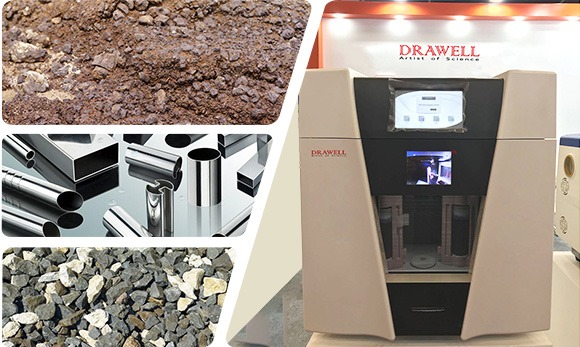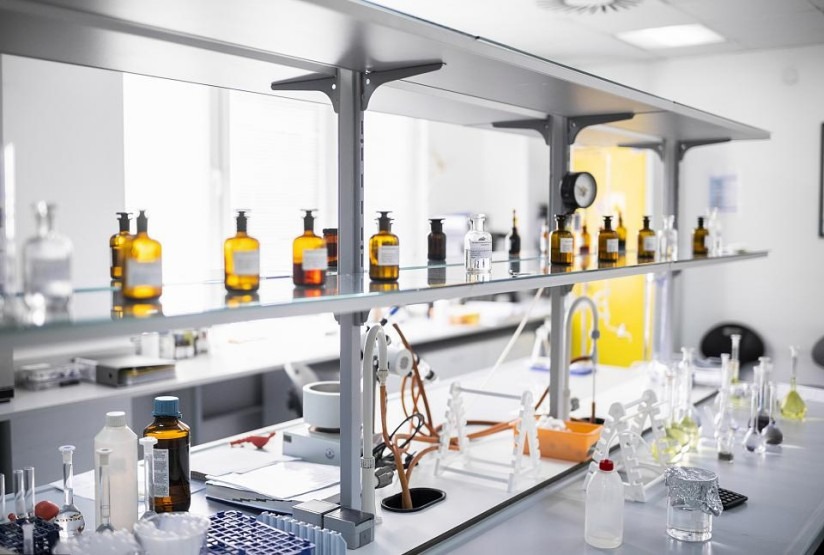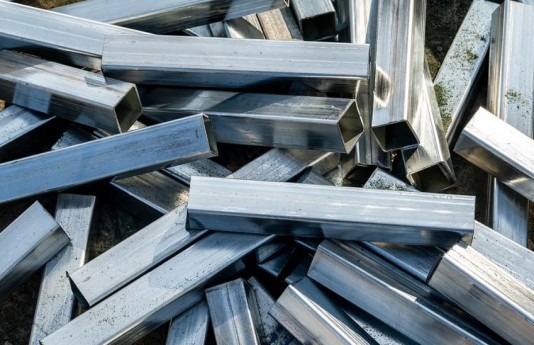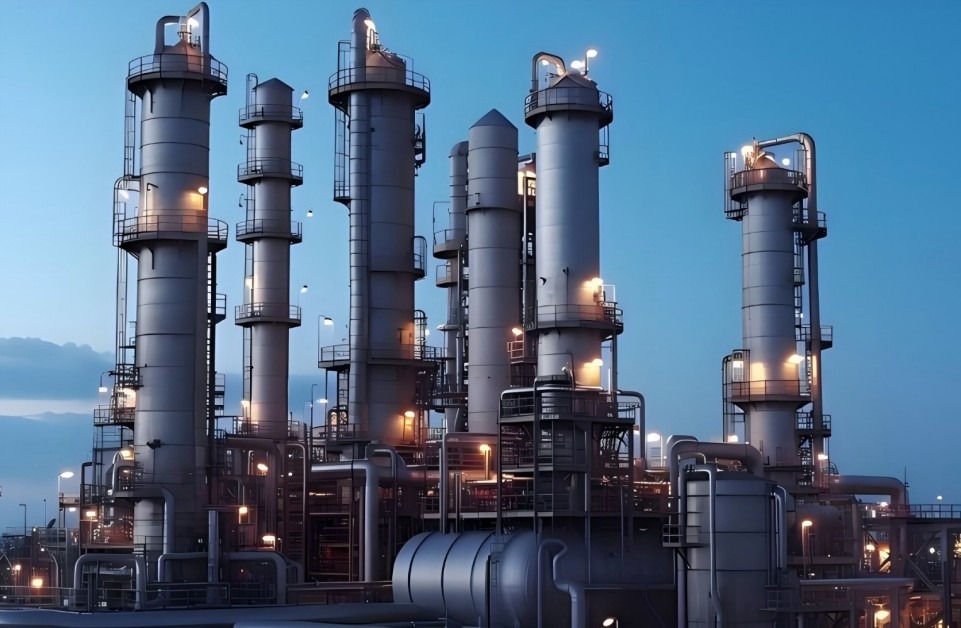Mineral & Metallurgy
Mineral & Metallurgy
The relationship between ores and metallurgical applications is mainly reflected in the two key links of ore dressing and metal smelting. Ore dressing refers to the use of differences in the physical or chemical properties of minerals to separate useful minerals from gangue minerals, remove or reduce harmful impurities, and improve the grade of useful components in the ore. Metal smelting is the process of extracting metal elements from ores and making them into metals or alloys through a series of physical and chemical processes. The purpose of smelting is to provide various metal materials to meet the society’s demand for metal materials and support the development of industry, science and technology, and life.
Solutions for Mineral & Metallurgy
XRF for Mineral & Metallurgy
- On-site instant analysis: X-ray fluorescence spectrometer can perform instant analysis of ore samples in the field, it can detect multiple elements in the ore at the same time.
- Non-destructive testing: The non-destructive testing method adopted will not cause any damage to the ore sample, ensuring the integrity of the sample.
- Alloy composition analysis: X-ray fluorescence spectrometer can be used to analyze the composition of various alloys, including stainless steel, low carbon steel, pig iron, cast iron, copper alloy, steel alloy, aluminum alloy, magnesium alloy, zinc alloy, etc.
- High temperature alloy: In the application of high temperature alloy, X-ray fluorescence spectrometer has the advantages of short measurement time, high accuracy and easy operation.
AAS for Mineral & Metallurgy
- In ore and mineral analysis, atomic absorption spectrophotometer is mainly used to detect the metal element content in the ore.
- In iron ore analysis, atomic absorption spectrophotometer is mainly used to detect harmful elements such as potassium, sodium, lead and zinc in iron ore.
- In the metallurgical production process, atomic absorption spectroscopy can not only determine a large number of elements, but also accurately analyze trace elements, which is crucial for controlling the impurity content in the production process.
- In environmental monitoring, atomic absorption spectrophotometer can be used to determine trace metal elements in environmental samples such as water and atmosphere.
XRD for Mineral & Metallurgy
- Mineral analysis: XRD can identify the types and relative contents of minerals in ores, which is of great significance for determining the type of ore deposits, mineralization environment and rock genesis.
- Composition analysis: Through XRD spectra, the elemental composition and crystal structure of ores can be determined, which helps to understand the physical and chemical properties of minerals.
- Environmental monitoring: XRD can detect heavy metal minerals in soil, assess the degree of soil pollution, and understand environmental changes in geological history.
- Rapidly identify mineral phases, intermetallic compounds and impurity components in metallurgical materials through diffraction pattern comparison, such as distinguishing the ratio of austenite and martensite phases in steel.
ICP emission spectrometers for Mineral & Metallurgy
- Polymetallic ore analysis: It can complete the quantitative analysis of more than 20 elements such as Cu, Pb, Zn, Au, Ag, etc.
- Rare earth ore detection: The axial observation mode is used to improve the detection accuracy of low-content rare earth elements such as La, Ce, and Nd.
- Quartz sand purity classification: Detect 14 impurities such as Fe, Al, and K to meet the different analysis needs.
- In the metallurgical industry, ICP emission spectrometers can be used for alloy composition analysis. For example, by measuring the content of various elements in the alloy, it can be ensured that the composition ratio of the alloy meets the requirements, thereby improving the quality and performance of the product.
Carbon and Sulfur Analyzer for Mineral & Metallurgy
- Rapid and accurate determination of carbon and sulfur content: Carbon and sulfur in ores are important chemical composition indicators.
- Assist in ore quality assessment and mineral processing: Ores of different types and origins have different carbon and sulfur contents.
- Ensure quality control of the production process: In ore mining, processing and subsequent metallurgical production, the quality of raw materials needs to be strictly controlled
- In the metallurgical industry, carbon and sulfur analyzers are widely used in the composition analysis of steel materials. By accurately determining the carbon and sulfur content in steel materials, metallurgical companies can control product quality, optimize production processes and reduce production costs.
Muffle Furnace for Mineral & Metallurgy
- Ore roasting: Muffle furnaces are used in the roasting process of ores. High temperature treatment changes the physical and chemical properties of ores and extracts valuable mineral components.
- Composition analysis: Muffle furnaces can also be used for composition analysis of ores. After high temperature treatment, combined with other testing methods (such as XRD, AAS, etc.), to understand the detailed composition and properties of the ore.
- Metal heat treatment: In the metallurgical industry, the uniform high temperature environment provided by the muffle furnace ensures the temperature uniformity during the heating process and avoids deformation or cracking of the metal due to thermal stress.
- Sample preparation and scientific research analysis: In metallurgical research, the muffle furnace provides a controllable heat treatment environment for the laboratory and supports various experimental designs for simulating process conditions.
Microwave Digestion System for Mineral & Metallurgy
- The application of microwave digestion in the ore metallurgical industry is mainly reflected in sample pretreatment, mainly used to convert solid or complex matrix samples into liquid state for subsequent analysis.
- Geological exploration and mineral research: In geological exploration and mineral research, the composition of ore samples is complex. The “internal heating” characteristics of microwaves are used to make samples and reagents react quickly under high temperature and high pressure.
- Raw material analysis: In the metallurgical industry, microwave digestion can be used to quickly and accurately analyze the element content in product raw materials.
- Quality control: In the production process, microwave digestion can help detect and control product quality.

